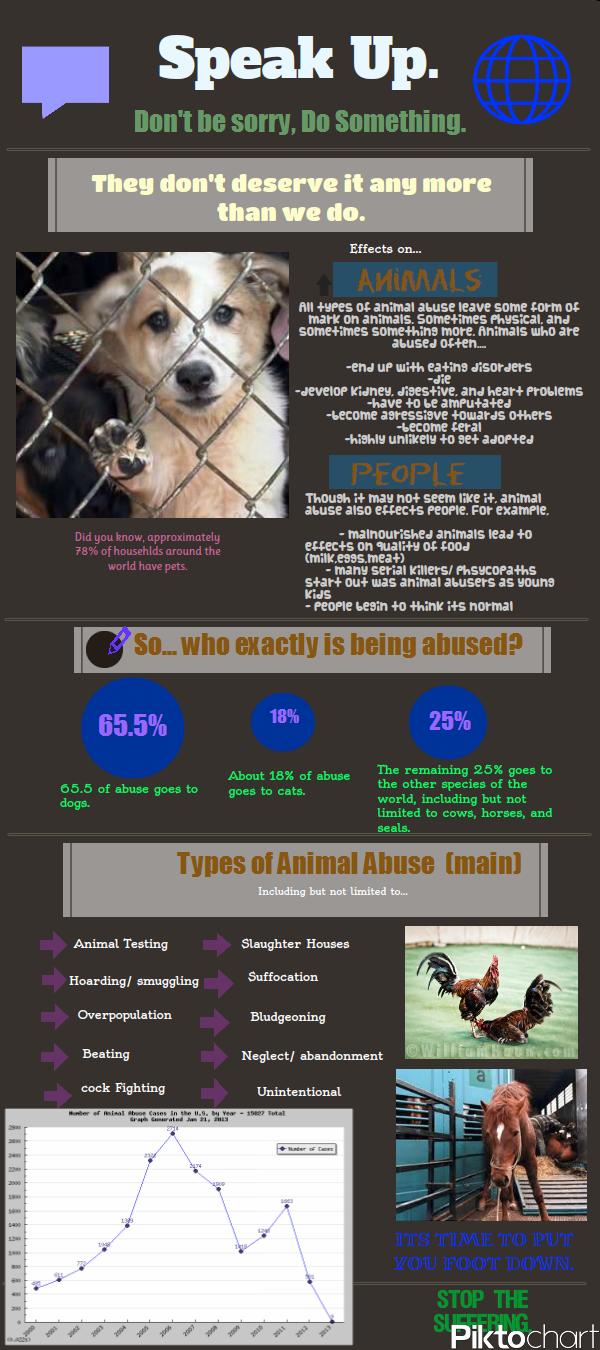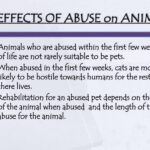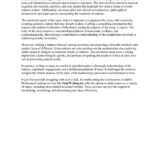Is animal cruelty indeed diminishing, or is it merely a fleeting shadow that reshapes itself in the convergence of societal norms, legislative frameworks, and individual consciousness? This inquiry unfurls against the backdrop of a tumultuous relationship humanity shares with its fellow sentient beings. As we navigate through tumultuous waters, it bears observing the intricate tapestry of global trends that define the current state of animal welfare and illuminate the horizon ahead.
To embark on this exploration, one must first understand the zeitgeist that encapsulates the global perspective on animal rights. Over the past few decades, the evolution of societal values has begun to reflect an increasing consciousness about the plight of the voiceless inhabitants of our planet. The symbiotic relationship between society and its perception of animals is akin to a pendulum, swinging between periods of ignorance and enlightenment. In recent times, there has been a definitive shift towards a more compassionate stance, evidenced by a plethora of animal protection laws that dot the legal landscapes of numerous countries.
Legislation plays an indispensable role in the narrative of animal welfare. The 21st century has seen an unprecedented surge in the enactment of laws designed to curb animal cruelty. In the United States alone, there has been a move towards strengthening existing laws and introducing new legislation aimed at protecting animals from neglect and abuse. Charismatic campaigns and fervent advocacy have catalyzed this momentum, leading to more stringent penalties for offenders. This legal framework provides a resilient scaffold upon which societal attitudes can be constructed and reinforced.
Moreover, the rise of social media platforms has unveiled a digital revolution that fosters awareness. An avalanche of information cascades through vast networks, binding like-minded individuals together in a collective pursuit of justice for animals. Infographics, viral videos, and petitions swirl through cyberspace, transforming passive observers into ardent advocates. The light of this newfound awareness penetrates the darkness that has long shrouded the realities of animal suffering. However, this awareness is a double-edged sword, for it also highlights the pervasive nature of cruelty that persists despite laudable progress.
The grim reality is that while significant strides are being made, animal cruelty remains a formidable adversary. In many rural regions, practices such as puppy mills, factory farming, and inhumane treatment within entertainment industries sustain a stark reminder of the work that remains. In spite of increasing awareness, these archaic practices linger like shadows in the corners of modernity, raising questions about the effectiveness of existing policies and societal commitment to genuine reform. Animal suffering does not yield to legislative efforts alone; it requires a cultural metamorphosis that redefines humanity’s relationship with animals.
Cross-cultural exploration offers insights that further enrich this discourse. In certain regions of the globe, traditions steeped in the exploitation of animals continue to persist, often celebrated under the guise of cultural heritage. The juxtaposition of these practices against burgeoning movements for animal rights presents a rich tapestry of conflict and concordance. The task ahead lies in fostering dialogue, rooted in respect for cultural diversity, while simultaneously advocating for the welfare of animal populations. To elevate this discourse, a delicate balance must be struck between cultural preservation and the irrefutable need for empathy and compassion.
The effectiveness of grassroots movements cannot be overstated. Organizations dedicated to animal welfare tirelessly pursue advocacy and education that target the core of societal mindsets. Initiatives focused on outreach, spurred by a combination of celebrity endorsement and community engagement, hold transformative potential. As individuals begin to see animals not merely as commodities or instruments of delight but as beings deserving of respect, they can sow the seeds of change. The collective awakening ushers in a new epoch where compassion reigns supreme, fostering a global culture that prioritizes the ethical treatment of animals.
Yet, what does the future hold in this ongoing struggle? The horizon suggests that while animal cruelty may not be vanishing, its grip on societal norms is loosening. Scientific studies bolster the argument for animal rights, illustrating the emotional and cognitive complexity of various species. Such revelations not only endear public sentiment toward animal welfare but also solidify the ethical imperative for reform. The future appears shaped by an informed populace, poised to challenge entrenched ideologies that promote cruelty.
Furthermore, the intersection of technological advances and animal welfare cannot be dismissed. Innovative practices in animal husbandry, alongside plant-based dietary trends, are heralding a new era where cruelty is not just an ethical concern but a practical liability. The burgeoning demand for humane farming practices reflects shifting consumer behaviors, as individuals increasingly gravitate towards alternatives that align with their moral compass. The paradigm is shifting, and as the demand for humane treatment escalates, societal norms must evolve to meet this new standard.
Thus, the road ahead may be steeped in challenges, but it is not insurmountable. While the specter of animal cruelty continues to loom, it is met with an unwavering resolve from advocates, legislators, and conscious citizens alike. As a collective humanity, the impetus remains on fostering a culture that champions kindness and compassion, driving the narrative towards a future where the cruelty inflicted upon animals becomes nothing more than a distant echo of a less enlightened past. In this brave new world, harmony reigns, and the interconnectedness of all living beings is celebrated as a testament to our shared journey on this planet.








